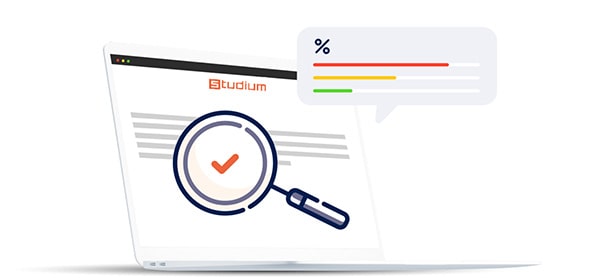Quantitative research represents a fundamental pillar in the world of research, offering powerful tools for the collection and analysis of objective data. Using rigorous quantitative methods and advanced statistical techniques, they deliver reliable, generalizable results that are invaluable for decision-making. Whether designing surveys, analyzing data or presenting results, a well-planned and executed quantitative approach can not only strengthen the validity of findings, but also enrich the overall understanding of the research field. By mastering these skills, researchers and students make a significant contribution to the advancement of scientific knowledge.
If you're using quantitative research as part of your thesis, don't forget to analyze your deliverable in a plagiarism checker to avoid any risk of plagiarism.
➡️ See also our guide to conducting qualitative research.
Discover other practical guides to conducting effective quantitative research:
Information: This informative article was written in part with the help of ChatGPT. The content generated by AI has been reworked to check the veracity of the information, the relevance of the instructions and to add clarifications.













